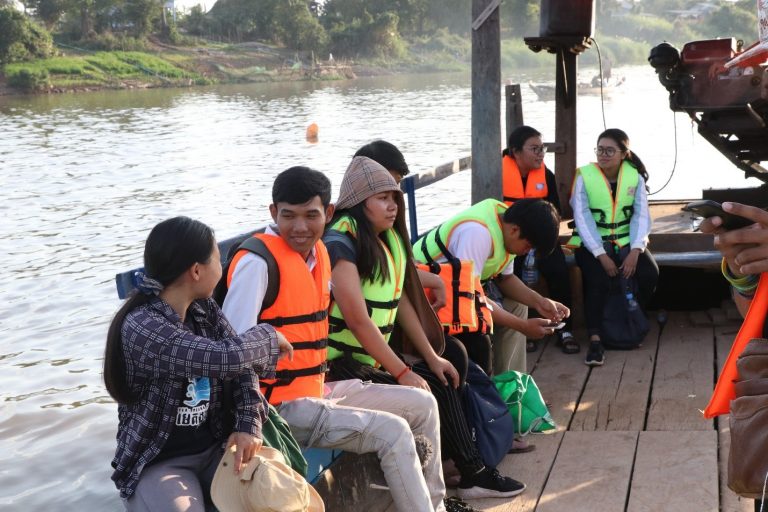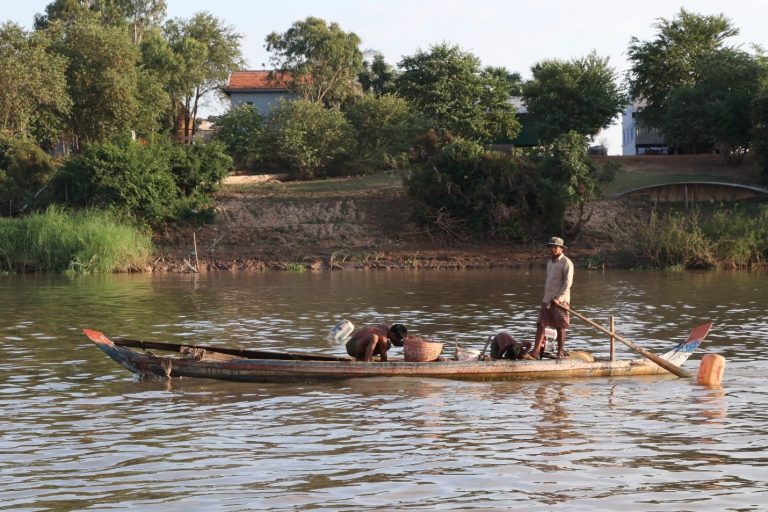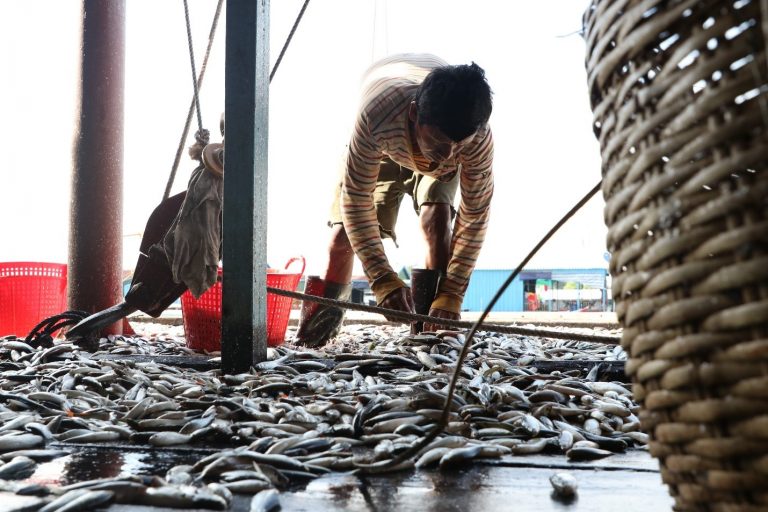PROHOK, THE MAIN FOOD FEATURE OF THE MEKONG
Publication Date: 30th January 2022
Authorized By: Young Eco Ambassador

PROHOK, THE MAIN FOOD FEATURE OF THE MEKONG
“Prohok is almost like the fish migrating. This means, people along the Mekong can catch tons of fish each year thanks to the fishes’ movement in the river throughout the year, feeding millions of people,” explain Chan Kimsan, project coordinator of the Project Prohok, one of the YEA Mekong Generation Youth Projects. He continues, making a remark that where there are rivers, there are fishes and there are people.
In the project “Wonder of Mekong”, Kimsan and around 30 other volunteers have participated in various activities ranging from in-house training to field trip to communities along the Mekong river. Through those activities, Kimsan and the other two members is connecting themselves to the Greater Mekong and understanding the lives of fishing communities. They particularly took a great interest in how important the role of Prohok play in the communities’ livelihood. “Besides being theireveryday food source, Prohok also can be sold, which is a great source of income,” he notes. Their curiosity began then, wanting also to bring the knowledge to light for other young people to study as well.
Therefore, wanting young people to understand and talk about the importance of Mekong river to their life, they start with a simple feature, yet so important; Prohok. “Because Prohok is one of the traditional Khmer cruises, and that everybody eats it, young people should at least know the origin of that,” noted Kimsan.

Mekong is known as the world’s largest inland fishery, and is home to more than 1000 fish species according World Wide Fund for nature (WWF). Because of this benefit, it contributes largely to Cambodian fisheries, yielding a catch of around 400,000 tons per year, especially small-size fishes. When talking about fishes, it is reminded of Prohok; the main food source of Cambodian for centuries. Normally, Prohok were made during high-fishing season in a way of preserving food for the low-fishing season, when fresh fishes are not plenty to catch. Most of the time, Prohok is made using small fishes such as Trei Reil, Trei Sleuk Reussey or Trei Kompleanh. The way of making Prohok is plenty depend on the type of Prohok people make and where they are made; however, the two main ingredient are small fishes and salt.

Cambodian eat Prohok and enjoy those so much. Because of its saltiness and strong flavor, Prohok is used to add into many type of Khmer food such as soups. Prohok is also used to make source, and is eaten with rice in remote area of Cambodia.
Because Prohok is almost reflecting the way Cambodian live, we as young people should know, promote and preserve this Khmer food. Therefore, Prohok Project is brought to life. It is a multimedia website featuring nature of Prohok Khmer, how they were made, and how important it is for Cambodian. Moreover, to ensure the sustainability of Prohok’s popularity and its price, the team intend also to promote the hygiene fish paste made by the communities in various provinces along the river. This way, whenever people eat Prohok, they will be reminded to its origin, where the fishes comes from, how it is made, and most importantly, the unconditional source of benefit; the Greater Mekong River.
PROHOK, THE MAIN FOOD FEATURE OF THE MEKONG
Written Year: 2019
Authorized By: Young Eco Ambassador